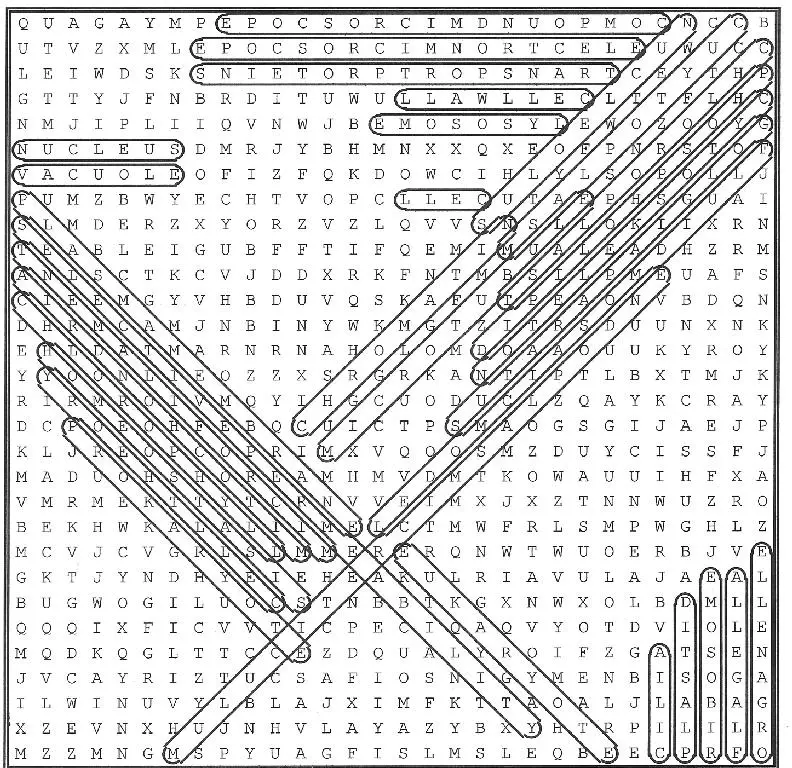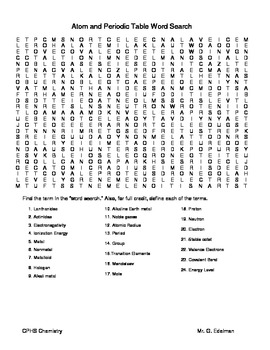
This transfer of electrons is termed electrovalence in contrast to covalence. The ions are atoms that have lost one or more electrons (termed cations) and atoms that have gained one or more electrons (termed anions). Ionic bonding is a type of chemical bond that involves the electrostatic attraction between oppositely charged ions, and is the primary interaction occurring in ionic compounds. Sodium loses its outer electron to give it a stable electron configuration, and this electron enters the fluorine atom exothermically. Sodium and fluorine undergoing a redox reaction to form sodium fluoride. The term unstable molecule is used for very reactive species, i.e., short-lived assemblies ( resonances) of electrons and nuclei, such as radicals, molecular ions, Rydberg molecules, transition states, van der Waals complexes, or systems of colliding atoms as in Bose–Einstein condensate. Polyatomic ions may sometimes be usefully thought of as electrically charged molecules. In molecular sciences, a molecule consists of a stable system ( bound state) composed of two or more atoms.

In practice, however, this distinction is vague. Molecular chemistry deals with the laws governing the interaction between molecules that results in the formation and breakage of chemical bonds, while molecular physics deals with the laws governing their structure and properties. The science of molecules is called molecular chemistry or molecular physics, depending on whether the focus is on chemistry or physics. In glasses, which are solids that exist in a vitreous disordered state, the atoms are held together by chemical bonds with no presence of any definable molecule, nor any of the regularity of repeating unit-cellular-structure that characterizes salts, covalent crystals, and metals. Thus solid metals are not made of molecules. The theme of repeated unit-cellular-structure also holds for most metals which are condensed phases with metallic bonding. No typical molecule can be defined for salts nor for covalent crystals, although these are often composed of repeating unit cells that extend either in a plane, e.g. All of these contain many chemical bonds, but are not made of identifiable molecules. These include all of the minerals that make up the substance of the Earth, sand, clay, pebbles, rocks, boulders, bedrock, the molten interior, and the core of the Earth. However, the majority of familiar solid substances on Earth are made partly or completely of crystals or ionic compounds, which are not made of molecules. The nutrient minerals are generally ionic compounds, thus they are not molecules, e.g. proteins, the amino acids of which they are composed, the nucleic acids (DNA and RNA), sugars, carbohydrates, fats, and vitamins. The substances of life are molecules, e.g. They also make up most of the oceans and atmosphere. Molecules as components of matter are common. water (two hydrogen atoms and one oxygen atom H 2O).Ītoms and complexes connected by non-covalent interactions, such as hydrogen bonds or ionic bonds, are typically not considered single molecules.



two atoms in the oxygen molecule (O 2) or it may be heteronuclear, a chemical compound composed of more than one element, e.g. Ī molecule may be homonuclear, that is, it consists of atoms of one chemical element, e.g. This relaxes the requirement that a molecule contains two or more atoms, since the noble gases are individual atoms. In the kinetic theory of gases, the term molecule is often used for any gaseous particle regardless of its composition. In quantum physics, organic chemistry, and biochemistry, the distinction from ions is dropped and molecule is often used when referring to polyatomic ions. Ī molecule is a group of two or more atoms held together by attractive forces known as chemical bonds depending on context, the term may or may not include ions which satisfy this criterion. AFM image of 1,5,9-trioxo-13-azatriangulene and its chemical structure.


 0 kommentar(er)
0 kommentar(er)
